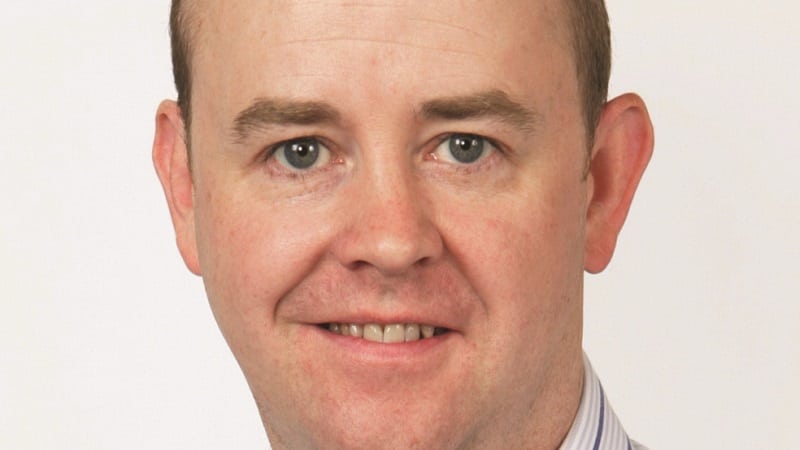2022 is looking like it could be a tough year to navigate, not least in bond markets. Transitory inflation is proving anything but and both the US and UK central banks seem to be undecided as to whether interest rates should rise or not. The worry is that a mistake – particularly on the part of the Fed – could lead to a rout in markets.
So how to invest in fixed income in this environment? As Juan Valenzuela, co-manager of Artemis Target Return Bond points out: “To say that a long period of elevated inflation would not represent a benign environment for fixed income as an asset class would be an understatement.”
There are, of course, ways to mitigate the risk of inflation. One is to reduce duration and therefore limit the overall sensitivity to moves in yields. That should also help limit falls if there was a disorderly sell-off in bond markets. But on the other hand, it would hamper returns if yields were to fall.
Outlook for high yield looks ‘compelling’
High-yield bonds are another option. They tend to have a shorter duration than the wider fixed-income universe and also tend to perform strongly in periods traditionally associated with higher inflationary pressure.
The recent sell-off in high yield bonds, which has been going on since the end of September, has injected a bit of value into the asset class, and default rates also remain low due to central bank support. JP Morgan has recently revised its 2022 high yield bond default rate down to 0.75%, and just 1.25% for 2023.
“While these low default rates are highly supportive in the short term, participants expect them to persist for the medium term, given a positive backdrop,” said Twentyfour Asset Management’s Chris Holman. “Moreover, in the context of a long-term average default rate of 3.6% for high yield bonds, current defaults are running at very low levels. Therefore, with forecasts remaining low and credit fundamentals as supportive as they are, the outlook for the asset class continues to look compelling.”
It also pays to remember that high yield is quite a small market, relatively. Therefore, it doesn’t take much in the way of a technical push to make for a good year. But likewise, it won’t take much to go the other way, either.
Time for EM debt to shine
The bonds of certain emerging market economies, especially commodity exporters, can also perform better than expected in inflationary periods – as has been the case in 2021. “Oil and gas prices, and other commodities, are being supportive for emerging markets linked to them, with real growth and nominal growth coming through well,” said Claudia Calich, manager of M&G Emerging Markets Bond.
“Many central banks in emerging markets have already hiked rates and are expecting to do so again in the near future,” said Calich. Emerging markets are likely to have done the hard work long before the Fed and other major banks.
“Emerging market investment grade is expensive at both corporate and government levels. It’s in the high yield component – both sovereign and corporates – where the best opportunities lie.”
And while different emerging markets have different economic scenarios to deal with, the same is true of developed markets. While the UK and US could raise rates imminently, few expect the ECB to hike before 2023, for example.
“We expect to see a significant divergence in the trajectories being taken by individual economies,” said Valenzuela. “Differences in the size and the composition of fiscal support offered by different governments, and the varied sector exposure of their economies, will result in economies recovering at different paces – and so produce different outcomes for inflation.”
When in doubt, seek flexible managers
But then what if the current Covid variant proves to be a game-changer again, and recovery is put on the backburner?
As we’ve seen over the past few years, Treasury bonds have been a safe haven for many investors when markets get spooked. “Even in the low yield environment we have been experiencing for years, fixed income has fulfilled its role of capital preservation,” said Flavio Carpenzano, investment director at Capital Group. “Despite potential short-term mark-to-market losses, over the medium term (3 years) bonds have always provided positive returns.”
With so many unknowns at the start of the new year, it seems only sensible for investors not to try to make these calls themselves. Indeed, has there ever been a better time to allocate fixed income exposure to a strategic bond fund that move quickly between all these fixed income asset classes as the environment evolves?
My fund picks in this sector are: Aegon Strategic Bond for its highly active and flexible approach that has really paid off in the past three years; Baillie Gifford Strategic Bond for its focus on pure stock picking prowess; Allianz Strategic Bond for its low correlation to equities and focus on the macro environment and interest rates; and Jupiter Strategic Bond for its cautious approach and focus on limiting the downside in tough markets.










